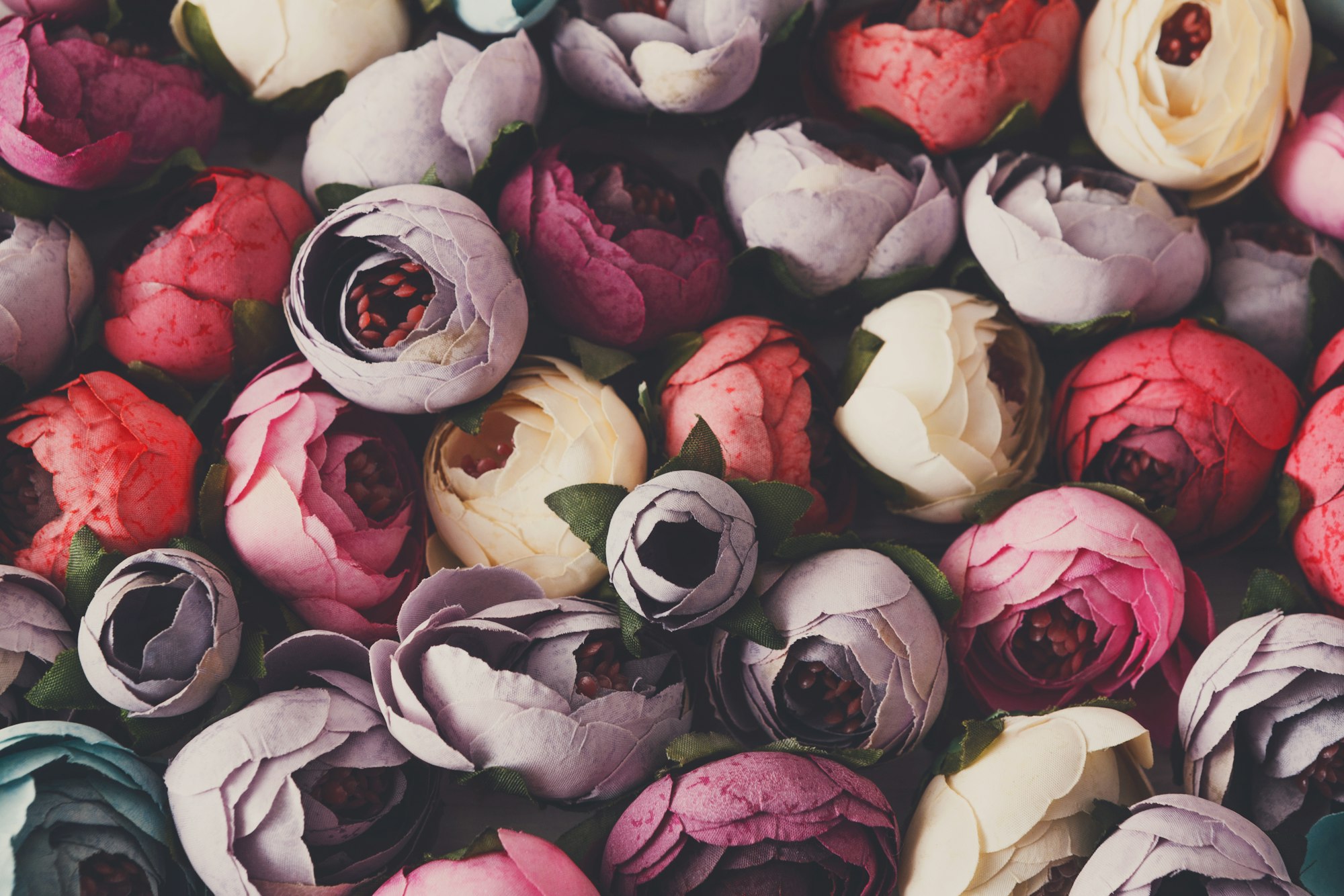Flowers are reproductive structures of flowering plants. Also known as a bloom or blossom, their main purpose is to help facilitate reproduction and provide a mechanism for sperm and egg union for anniversary flowers. Flowering plants produce flowers from buds that develop from the base of the stem. In some species, flowers can have as many as a hundred petals.
Besides their aesthetic appeal, flowers also play important roles in the ecosystem. They attract pollinators to their flowers by emitting nectar through their petals. These pollinators carry pollen to other flowers and plants, which helps them reproduce. Flowers are also sources of food and medicine. Flowering plants can produce a significant amount of nectar, and this nectar is crucial to their reproduction.
Flowers help in the reproduction of plants and are vital to their survival. They also produce nectar, which feeds other living organisms. Flowers may be either complete or incomplete, with the complete flower having petals, sepals, stamens, and pistils. There are also flowers without one or more of these structures, and they are called incomplete flowers.
Flowers are the reproductive structures of angiosperm plants. The reproductive structures differ from plant to plant, but the main parts are similar. For example, flowers have a stem with two petals and a sepal to protect an unopened flower. Flowers may also have other parts, including the ovule, which produces female reproductive cells.
Petals and sepals are the parts of a flower that attract pollinators. Petals are the bright part of a flower, and sepals protect the developing bud. Flower shapes, colours, and scents have evolved over thousands of years. Many organisms depend on flowers for their survival.
The inner and outer parts of a flower are known as the perianth. The perianth consists of the outer flower part, known as the corolla, while the inner perianth is composed of a series of petals. In addition to petals, flowers have stamens and carpels.
Flowers have several purposes and are traditionally given as gifts. They are used as a symbol of love, sympathy, and new life. Flowers can also be used as food. They are also worn by people to commemorate the dead. Flower traditions have long included the offering of flowers at the feet of deities. They have become a common expression of respect, and they have been a tradition for centuries.
Although gifting flowering plants have evolved for hundreds of millions of years, their evolution was complicated by a major challenge. The earliest flowering plants had not evolved to move pollen from one place to another. Therefore, flowering plants evolved to attract animals to transfer the pollen. This relationship has led to highly modified flowers. Insects and birds have evolved to recognize these flowers by their colors. Some flowers also have a special guide for pollinating insects to identify the nectar within them.
Flowering plants are bisexual in nature. They have an ovary and a pistil. Both parts are necessary for sexual reproduction. They also produce seeds. These seeds then become other flowers. Moreover, flowers need food in order to survive. Pollination can be carried by wind or water, but most commonly, it requires a go-between insect to transfer pollen.

